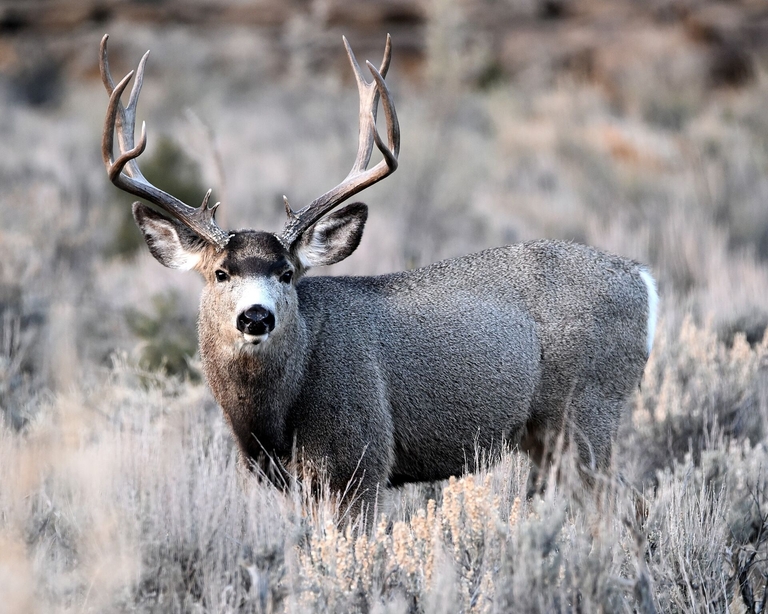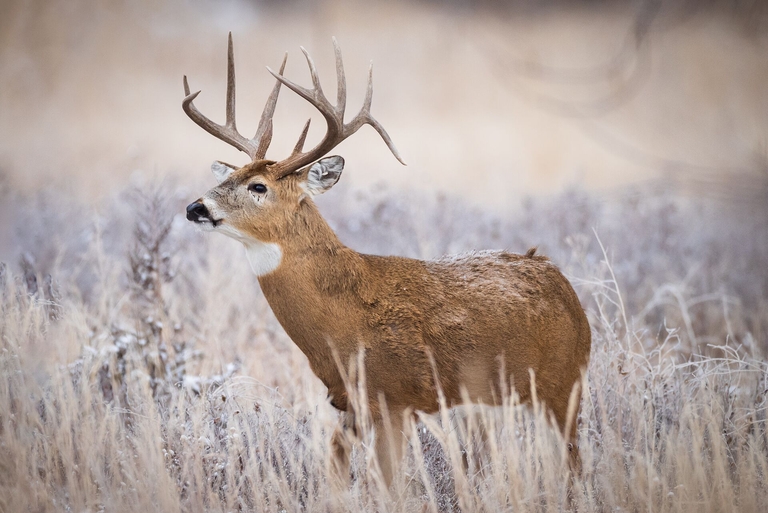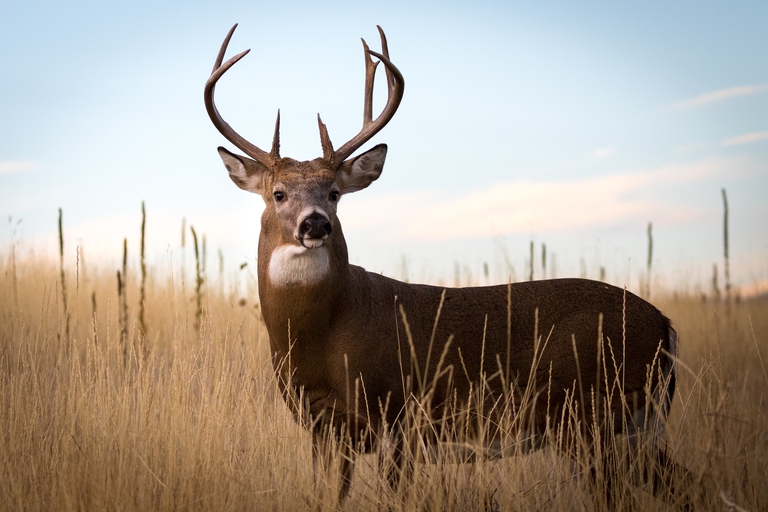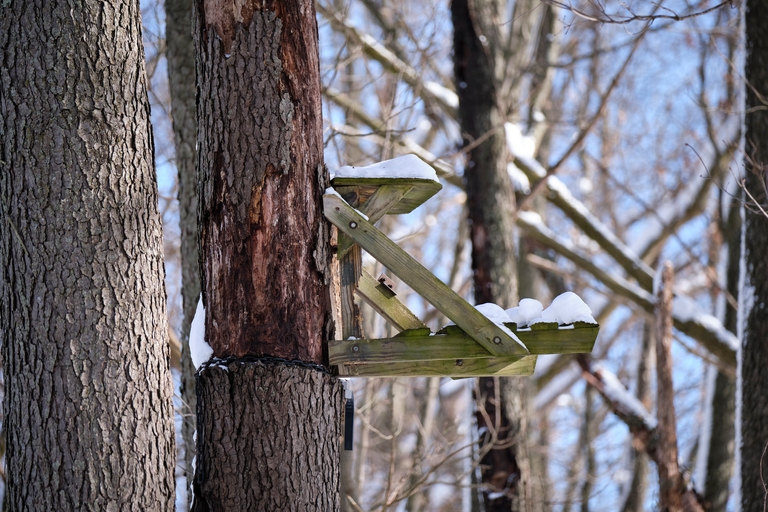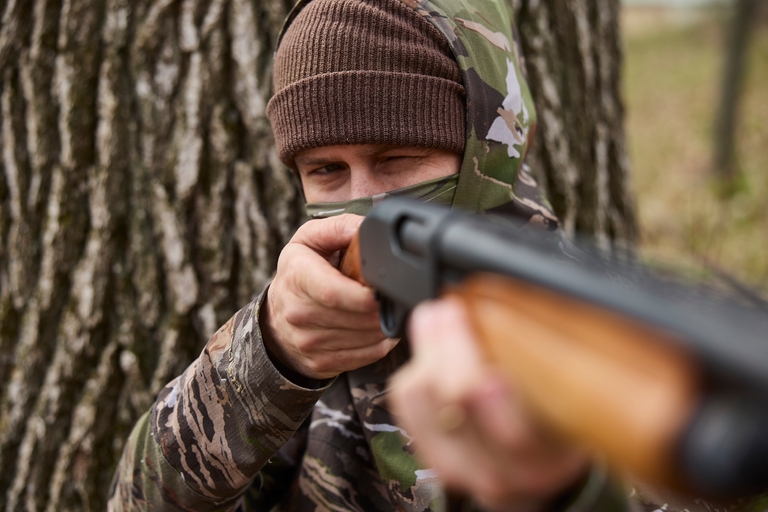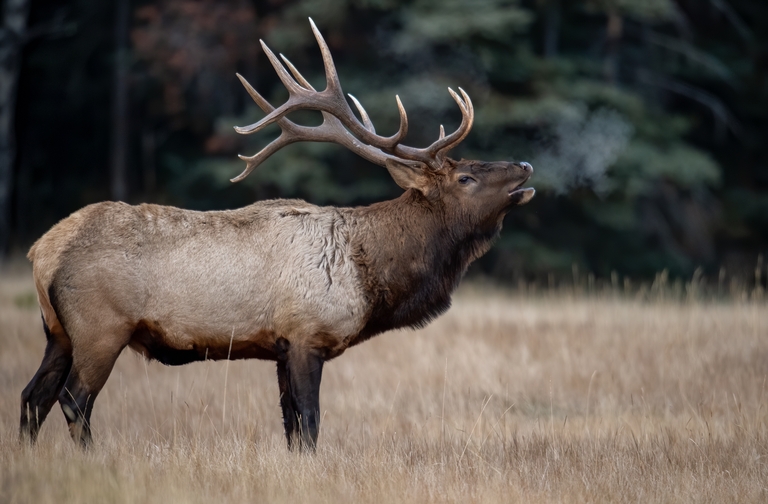Hunting Basics: Understanding Deer Anatomy for a Successful Hunt
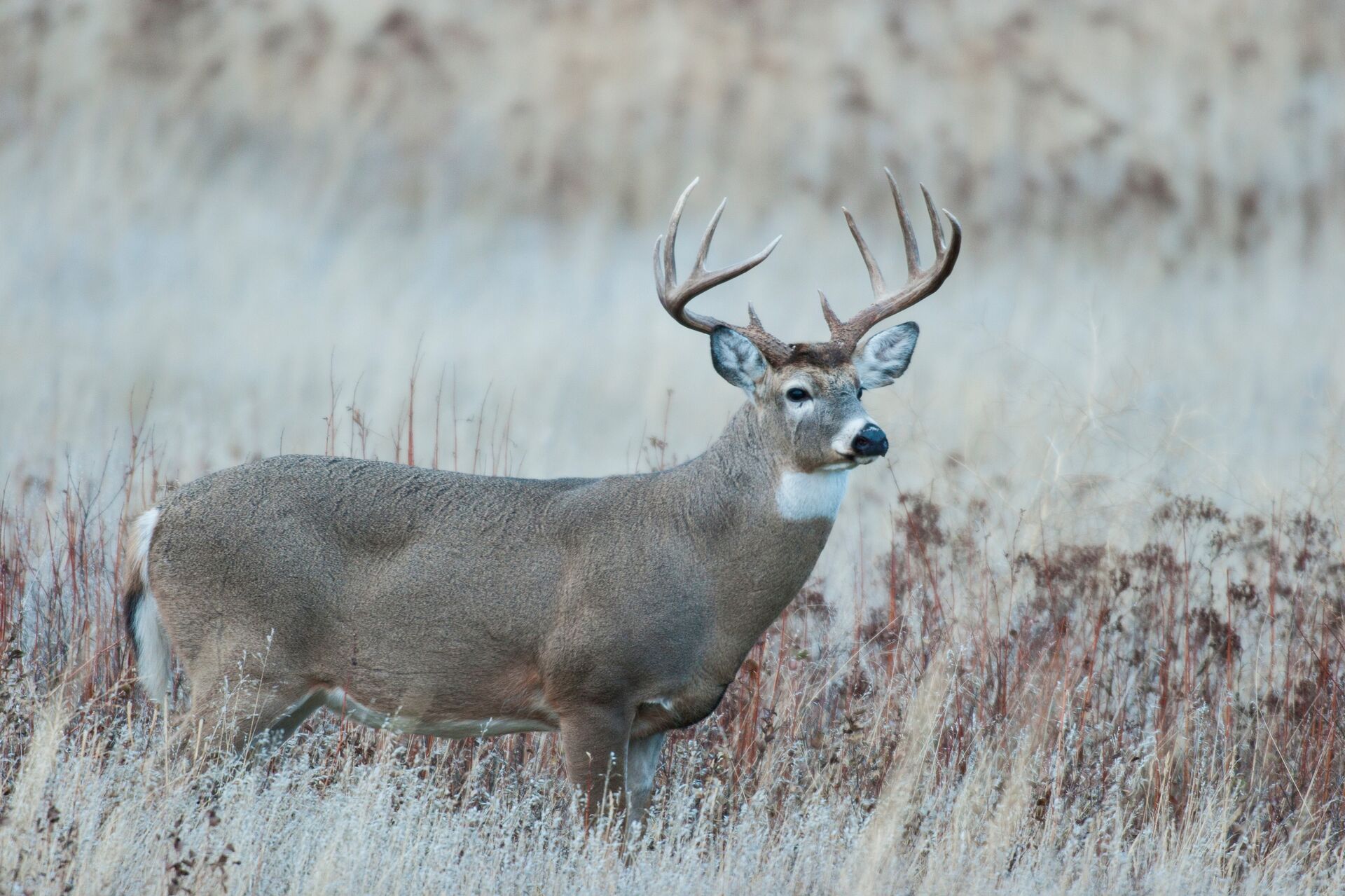
Understanding deer anatomy is part of becoming a successful and ethical hunter.
Knowing the anatomy of a deer is how hunters can ensure quick, humane kills, reduce the animal's suffering, and increase the chances of a successful hunt. Anatomical knowledge also aids in tracking wounded deer, allowing for more efficient recovery.
Let's learn the basics of deer anatomy and become better hunters.
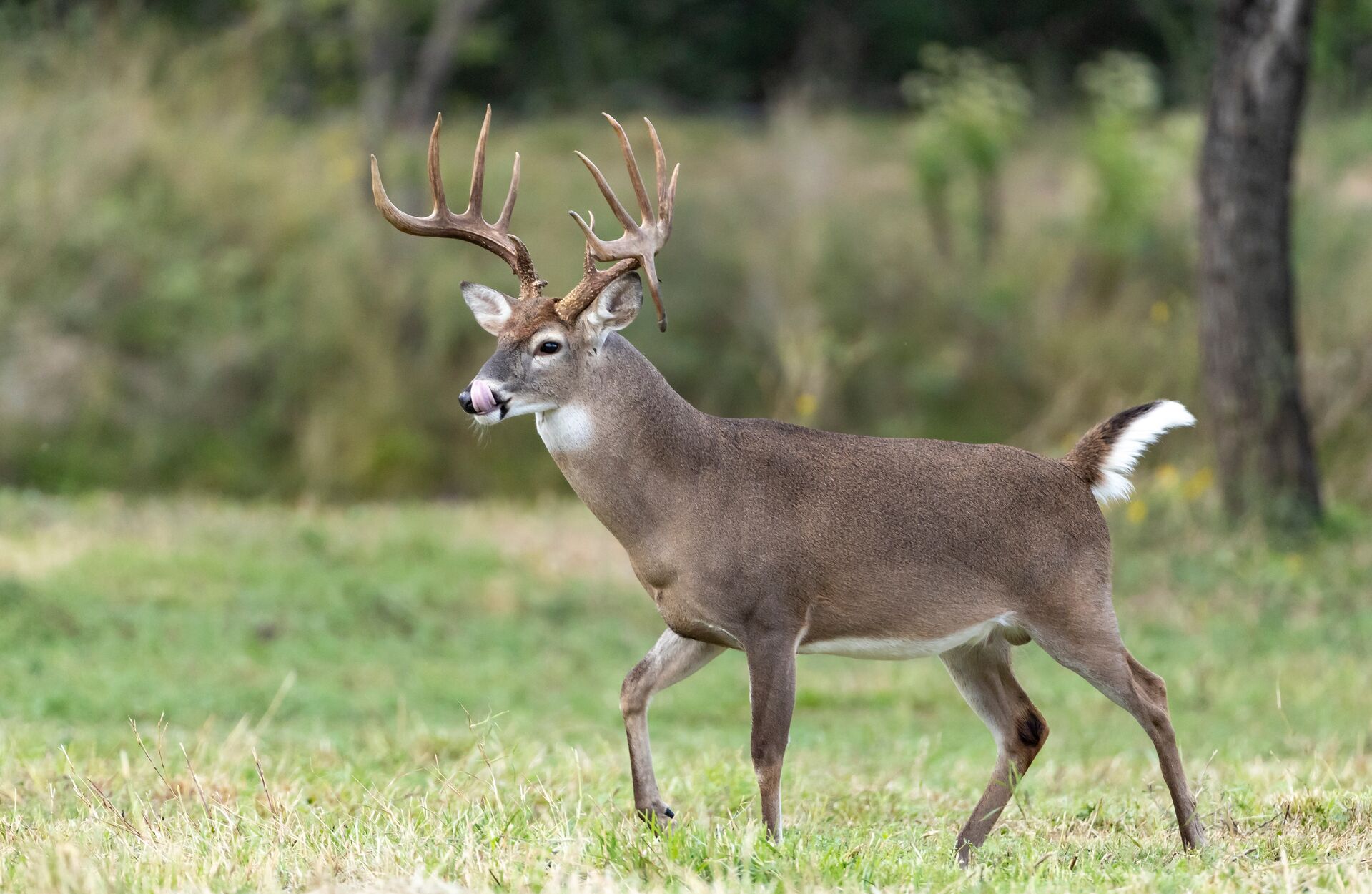
The Importance of Knowing Deer Anatomy
Being a good hunter means that every shot taken is purposeful and humane. Accurate shot placement with a deep understanding of a deer's vital organs and bone structure significantly boosts your chances of a successful harvest.
It comes in especially handy when tracking wounded deer because understanding where you shot the deer can help you find a blood trail.
Major Anatomical Features to Know
Understanding the major anatomical features of a deer helps you make effective shots. The major features include the heart, lungs, liver, spine, brain, bones, and muscles.
Heart and Lungs
These vital organs are:
- Primary targets for quick kills
- Located just behind the front shoulder
- Essential targets for minimizing tracking after the shot
Liver
Things to remember about liver shots:
- The secondary target located behind the lungs
- Hits here may require more tracking but can still be lethal
Spine and Brain
These shots are often ill-advised for non-experts:
- Small, risky targets
- Can result in an instant kill if hit accurately
Bones and Muscles
Overall anatomy that is important to remember:
- Knowledge of bone structure helps avoid shot deflections
- Understanding muscles aids in predicting deer movement after a hit
Knowing where to place your shot (and where to avoid hitting a deer) helps you become a better, more ethical hunter.
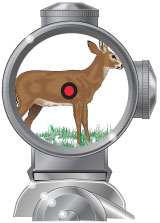
Key Areas to Aim
Some shots are more effective than others for a successful and ethical kill. Depending on the situation, the best shots are to the heart and lungs, quartering-away, and broadside shots.
The Heart/Lung Shot
Aiming low and behind the front shoulder is the most common and recommended shot placement for hunters. That shot targets both the heart and lungs, resulting in a quick kill.
A heart/lung shot is usually the best option to minimize tracking and ensure the deer doesn't travel far.
Quartering Away Shot
The quartering-away shot involves aiming for the opposite shoulder, ensuring that the arrow or bullet passes through the vital organs, including the heart and lungs.
This shot is particularly effective because it provides a wide margin of error while still ensuring that the projectile passes through lethal areas.
Broadside Shot
The broadside shot is ideal for accuracy, offering a clear view of the deer's heart and lungs. When a deer presents its side to you, that gives you the best chance of hitting vital organs, ensuring a quick and humane kill.
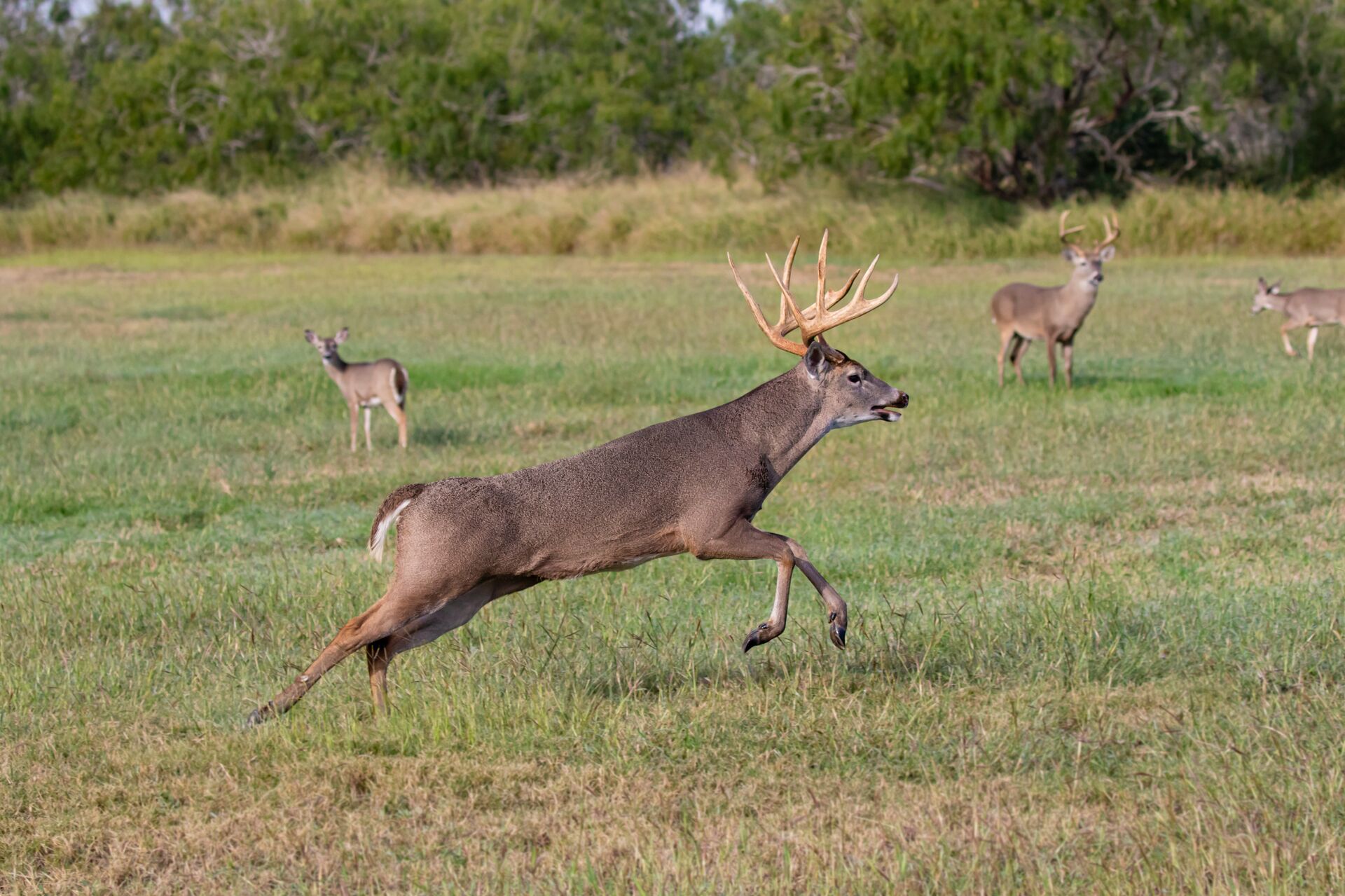
The Effects of Different Shot Placements
Along with using the right caliber for hunting deer, understanding the effects of different shot placements is part of ethical hunting. Each shot placement has different outcomes, and learning what the outcomes are helps both new and experienced hunters.
Heart Shot
A heart shot is highly effective and typically results in a quick kill.
If you hit the heart, the deer will usually collapse within a short distance, so you won't need to track it far. This shot ensures a quick and humane end.
Lung Shot
While not as immediately lethal as a heart shot, a lung shot is still highly effective.
A deer hit in the lungs may run a short distance before collapsing, requiring some tracking. However, the damage to the lungs ensures that the deer will not go far, making this a reliable shot for hunters.
Liver Shot
A liver shot often results in a slower kill compared to a heart or lung shot. Because of this, tracking becomes more critical.
The deer may cover a greater distance before succumbing, so you might be in for an extended search. You'll know you hit the liver if you see darker blood with no bubbles. Sometimes, the liver and lungs are both hit with a single shot.
Gut Shot
A gut shot is generally considered undesirable due to the prolonged suffering it can cause the deer.
While fatal, a gut shot requires extensive tracking and often results in a drawn-out and challenging recovery. Hunters should avoid this shot and aim to prevent unnecessary suffering by targeting more vital areas.
Anatomy Variations by Deer Species
Different deer species, such as whitetail and mule deer, have slight anatomical variations that can impact shot placement. Understanding these differences helps hunters make more informed decisions.
Whitetail vs. Mule Deer
Whitetail deer are generally smaller with a leaner build, while mule deer tend to be larger and more robust. These differences in size and muscle mass can affect how deep a shot penetrates and its impact on the animal.
Hunters must adjust their shot placement accordingly, aiming for vital organs while considering the species-specific anatomy.
Seasonal Changes
Deer anatomy also changes with the seasons.
In the fall, deer build up fat reserves and increase muscle mass, making certain shots difficult. During the rut, for example, bucks may have thicker necks and shoulders, requiring hunters to adjust their aim to account for the added bulk.
Practice and Preparation
Proper preparation is vital to successful and ethical hunting. By studying anatomy, practicing shot placement, and observing live deer, hunters can improve their skills and increase their chances of a successful hunt.
Study Anatomy Diagrams
Studying deer anatomy through diagrams and models is the easiest way to know where to aim. Visual aids can help you internalize the location of vital organs and bones, making it easy to visualize shot placement on the animal.
Practice on 3D Targets
Using 3D deer targets for practice allows hunters to simulate real-life hunting scenarios.
For example, I like to aim for the bottom of the heart to anticipate real-life string jumping.
Observe Live Deer
Watching deer in the wild helps you understand their behavior and movement. By observing how deer move and react in their natural environment, hunters can better anticipate their actions and make more accurate shots.
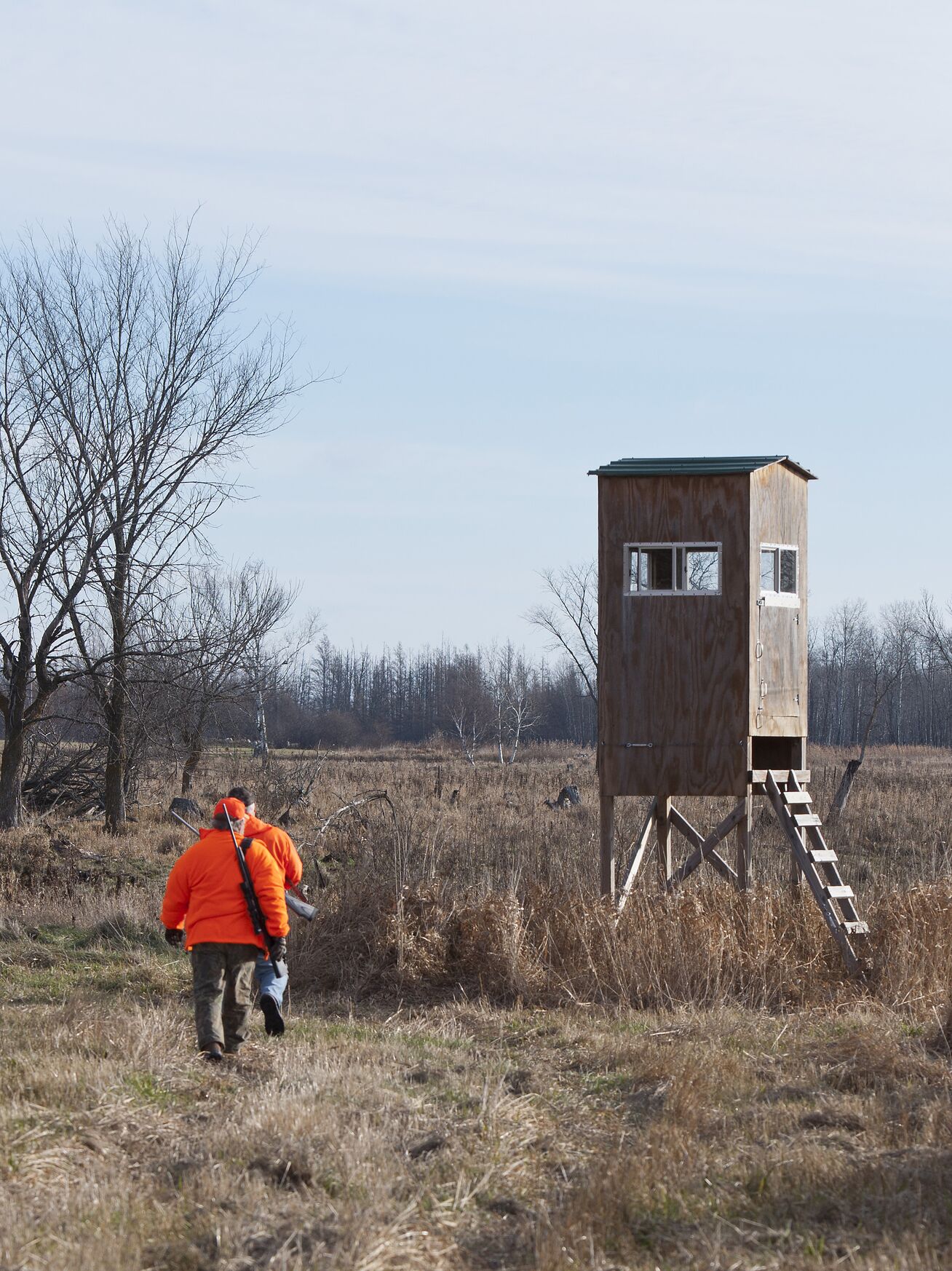
Safety and Ethics
Safety and ethics are at the core of responsible hunting. Every hunter must ensure their actions in the field are safe and respectful to the wildlife they pursue.
Proper Identification
Correctly identifying a deer's vital areas under field conditions is how you make ethical shots. Identifying where the vitals are, no matter the deer's position, requires understanding deer anatomy.
Respect for Wildlife
Respect for the animals we hunt is crucial.
Always aim for a quick, humane kill and avoid shots that cause unnecessary suffering. Good hunters take pride in making clean, effective shots, demonstrating their respect for the wildlife they pursue.
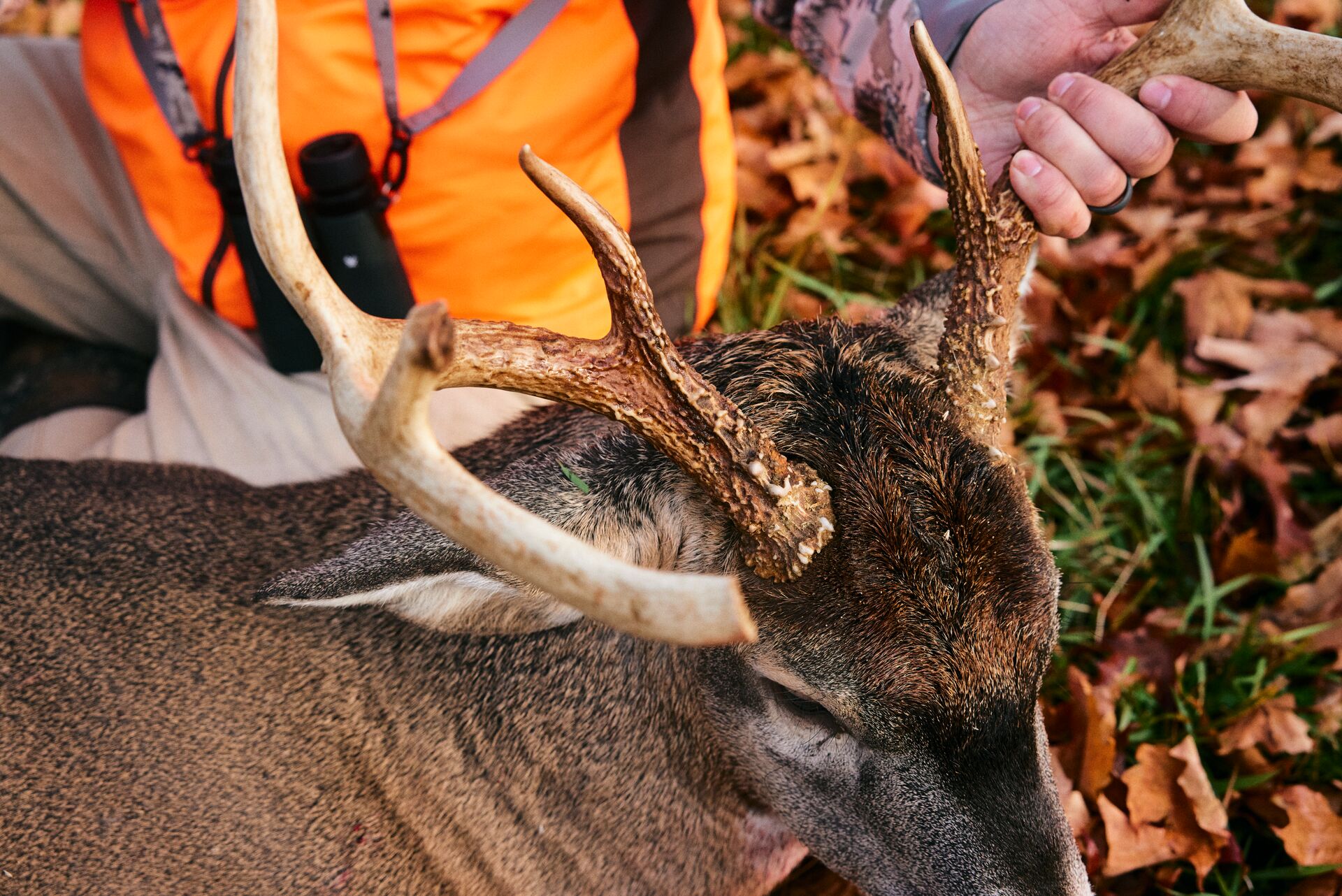
Learn More About Best Hunting Practices with Hunter-Ed
Understanding deer anatomy is a responsibility that every ethical hunter has — knowing where to aim means hunters can take successful, humane shots that respect wildlife and contribute to the sport's reputation.
For those looking to deepen their knowledge, an interactive hunter safety course through Hunter-Ed is accepted in all 50 states and is a fun way to learn about firearms safety and shot placement. Our online courses also meet state requirements for hunter education before purchasing your license!
So, before heading out for deer season, choose the course for your state, take the course, and get your hunter education card. The valuable knowledge you'll learn helps keep you (and your hunting buddies) safe every season!

Did you know? Hunters who complete the Hunter-Ed course get 30 days of the HuntWise app — free!
What better way to put your hunting learning to good use than with the best hunting app for mapping, marking, planning, and understanding weather, wind, and animal behavior? It's a combination made for success!
To take advantage of this offer, log in to your Hunter-Ed account.

